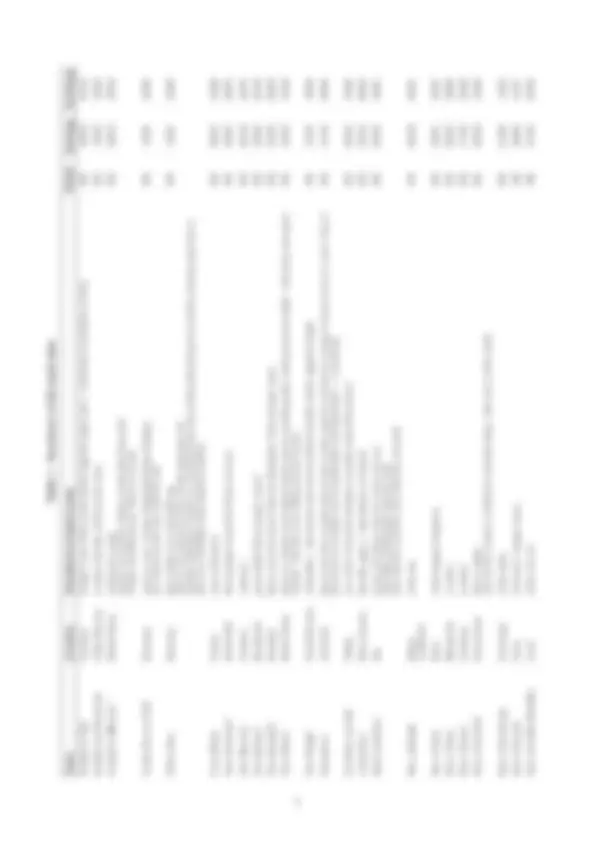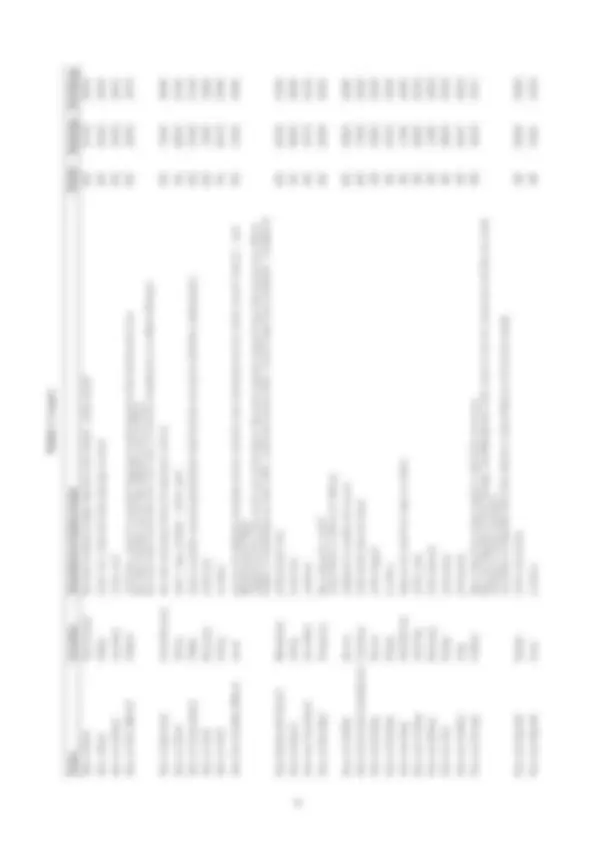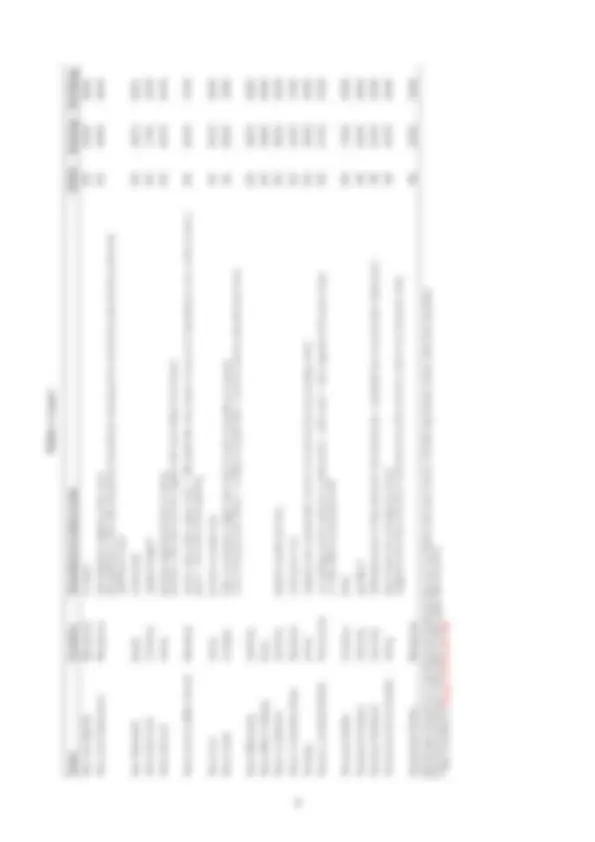





Study with the several resources on Docsity

Earn points by helping other students or get them with a premium plan


Prepare for your exams
Study with the several resources on Docsity

Earn points to download
Earn points by helping other students or get them with a premium plan
Community
Ask the community for help and clear up your study doubts
Discover the best universities in your country according to Docsity users
Free resources
Download our free guides on studying techniques, anxiety management strategies, and thesis advice from Docsity tutors
Information on the stack sites in Lewis, including their locations, Gaelic translations, and archaeological significance. The creation of these stack sites is influenced by various factors such as pre-Pleistocene landform, climate, marine variability, sea level rise, and availability of marine and organic sediment. Chris Burgess conducted extensive research on these sites throughout the 1990s, identifying areas with high frequencies of stack sites and discussing the evidence available to understand their formation.
Typology: Study notes
1 / 5

This page cannot be seen from the preview
Don't miss anything!




NGR #^ Eastings^ Northings Stac a Phris^ Gearrannan^ the most common usage of preas is for shrub –
of the shrub?^ NB^21700 Stac a Ruta^ Clibhe^ of the ram^ is the first that springs to mind^
Stac an Arbhair^ Leurbost^ of the corn?^
Stac an Fhir Mhaoil^ Calbost^ of the fear ; maol in everyday language would suggest
of the bald-headed man NB^42503 16773 the other familiar use for the adjective maol is bluntthe noun maol can be the brow of a rock or it can be a headland, as in Mull of Kintyre Stac an Sgornain^ Great Bernera^ the only meaning I know for sgòrnan is^ throat
Stac an Taoid^ Islivig^ taod = rope or halter –^ of the rope?^
Stac an Tuamachain^ Clibhe^ tuam is used for mound, particularly tomb, but have not met it with this ending before
Stac an Tuill^ Bearasay^ of the hole^
Stac an Tuill^ Islivig^ as above^
Stac Caol Geodha Mhaoir^ Arnol^ caol can be adjective meaning^ narrow^ and also noun meaning
narrows/strait/sound/channel^ – caol^ NB^31200 50200 Muile/sound of Mullsuggests narrow stac in the cove of the factor (the most common usage of maor but can be any officialkeeper of something e.g. maor-sìthe – policeman /maor-coille – forest ranger /maor-cladaich –^ coastguard Stac Domhnaill Chaim*^ Mangersta^ of Domhnall Cam^
Stac Leathann^ Islivig^ broad stac^
Stac mor Garrabost*^ Garrabost^ unknown^
Stac na Beiridhe*^ Timsgarry^ Norse berg for a^ hill? seems there is a Berry in Orkney
Stac na Caillich^ Barvas^ cailleach is usually^ old woman^
Stac na Caoraich Lachduinne^ Carloway^ of the dark-coloured sheep^
Stac na Faoileig^ Barvas^ of the seagull^
Stac na Faoileig^ Bragar^ as above^
Stac nam Balg^ Old Hill Isle^ balg can be used for a^ bag^ or a^ blister^
Stac nan Crubag^ Aird Uig^ of the crabs^
Stac nan Eilean^ Bearasay^ of the islands^
Stac nan Eun^ Bragar^ of the birds^
Stac nan Gabhar^ Tong^ of the goats^
Stac nan Scargh^ Calbost^ Norse skari for^ young seagull^ or skarfr for^ cormorant NB^42216 Stac nan Sgarbh in Gress, Bragar and Mangersta is the word we use for cormorant and this one couldwell have a bird connectione.g. Eilean na Sgarbh (Isle of the Scarts) or Scart Rock as it is known locally
Stac nan Sgarbh^ Bragar^ of the cormorants^
Stac nan Sgarbh^ Gress^ as above^
NGR #^ Eastings^ Northings Stac nan Sgarbh^ Mangersta^ as above^
Stac nan Uamhannan^ Mangersta^ immediately suggests^ of the caves^ the spelling is more like the plural of uamhann meaning
NB^00060 32000 terror/dread but may be due to incorrectspelling on map Stac Shuardail^ Knock^ of Swordale^
Staca Bearnach^ Carloway^ suggests^ jagged^
Staca Biorach^ Islivig^ biorach suggests^ pointed^ or^ sharp^ biorach is also the word for^ dogfish , but more likely to be former
Staca Coal na Ribh Uarach^ Shawbost^ narrow stac of the upper reef? – ribh spelt this way means ‘to you’ as in ‘speaking to you’, so this is just aguess – riof is the usual spelling
Staca Corr^ Islivig^ pointed^ or^ peaked stac^
Staca Liath^ Liongam^ liath is certainly a light colour but it varies according to contextI use it for grey hair (Ness) – in Skye it is pale blue – and it is used to describe hoar frost
Staca Mharstaig^ Aird Uig^
Staca Mhic Cubhaig^ Borve^
Staca na Bodaich^ Aird Uig^ bodach usually^ old man^
Staca na Geodha Glaise^ Shawbost^ of the green cove^
Stacageo^ Islivig^ suggests^ stac^ and^ geodha^ (creek or cove formed by surrounding rocks)
Stacan a Leothaid Ghlais^ Gearrannan^ -an^ ending can be a plural or a diminutive –
little stac? – this suggests^ of the green slope NB^21700 45700 i.e. Glas Maol is grey-green hill Stacanan Dubha^ Carloway^ black^
Stacanan Fudrigeo^ Aird Uig^ geo(dha)?^
Stacanan Neidacliv^ Aird Uig^ Cliff placename in Uig and^ nead/nid^ (nest/nests) – probably has no connection whatsoever
Stacannan Chrois Geodha^ Islivig^ Norse kross for^ cross /gja for^ chasm^ suggests^ more than one hill or rock and cross and a narrow creek or cove between rocks
Stacannan Chuido^ Mangersta^